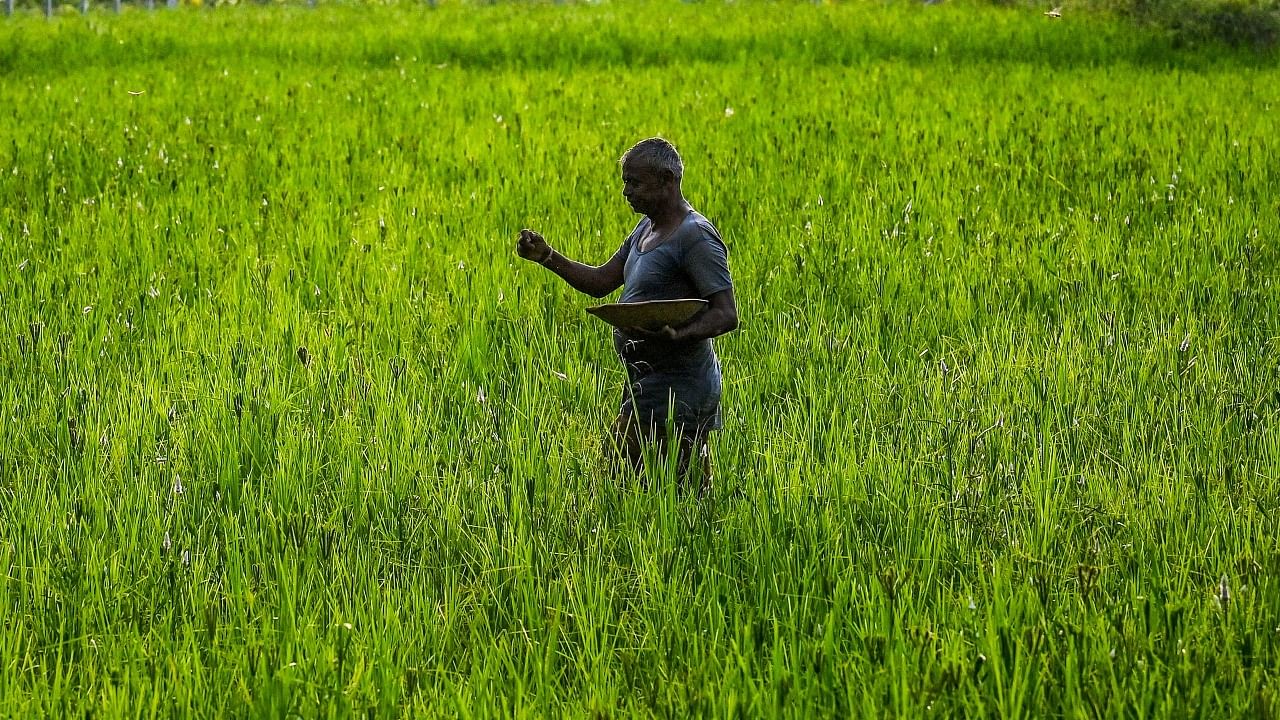
India aims to end imports of urea from 2025 as the nation boosts its local production capacity with the commissioning of new plants, fertilisers minister Mansukh Mandaviya said on Wednesday.
India, the top importer of urea, imports about 30 per cent of its average 35 million tonnes of annual consumption of the crop nutrient.
"We are aiming for ending our dependence on imported urea by 2025... our five new plants will be commissioned by then," Mansukh Mandaviya told reporters.
Plants at Gorakhpur in northern state of Uttar Pradesh, Ramagundam in southern Telangana, and at Talcher, Barauni and Sindri in eastern India, would together produce 6.5 million tonnes of urea every year.
Production of indigenous local urea containing nanoparticles of the crop nutrient, also known as nano urea, would rise to 5 million tonnes by 2025, he said, adding Prime Minister Narendra Modi will inaugurate the Ramagundam plant on Nov. 12.
India now imports urea from a number of countries, including Oman, Qatar, Saudi Arabia and United Arab Emirates.
Asia's third largest economy needs crop nutrients to feed its huge agriculture sector which employs about 60 per cent of the country's workforce and accounts for 15 per cent of nearly $3 trillion economy.
Mandaviya said due to higher global prices India's fertiliser subsidy bill for the fiscal year to March 31, 2023, would rise to a record Rs 2.25 lakh crore ($27.21 billion) from previous year's about Rs 1.5 lakh crore.
Urea accounts for about 70 per cent of India's overall fertiliser subsidy.
The government also provides a fixed amount of financial support to companies for selling other fertilisers at lower rates to help farmers.
On Wednesday, India approved the second tranche of Rs 51,875 crore subsidy for phosphatic and potassic fertilisers for the second half of this fiscal year.